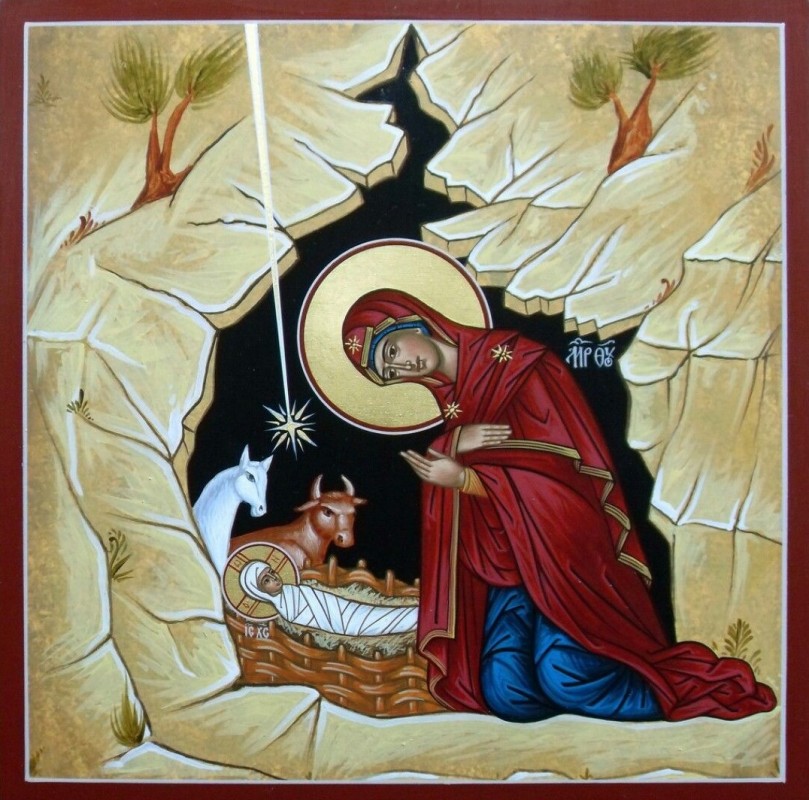
Note what I have said, that you ought to love. You fear the Lord of the angels, but love the little Child. You fear the Lord of majesty, but love the Babe wrapped in swaddling clothes. You fear Him reigning in heaven, but love Him lying in the manger. What sign did the shepherds receive? You will find a baby wrapped in swaddling clothes and lying in a manger. This sign meant that he is the Savior, that he is the Christ, that he is the Lord.
But is there anything great about being wrapped in swaddling clothes and lying in a stable? Are not other children wrapped in swaddling clothes? What, then, does this sign mean? It means a great deal if only we understand it. We do understand it if we do not merely hear these tidings but also have in our hearts the light which appeared to the angels. He appeared with light when these tidings were first proclaimed to make us realize that it is only those who have the spiritual light in their minds who truly hear.
from Aelred of Rievaulx’s Third Sermon for the Nativity, The Liturgical Sermons, CF 58, p. 104